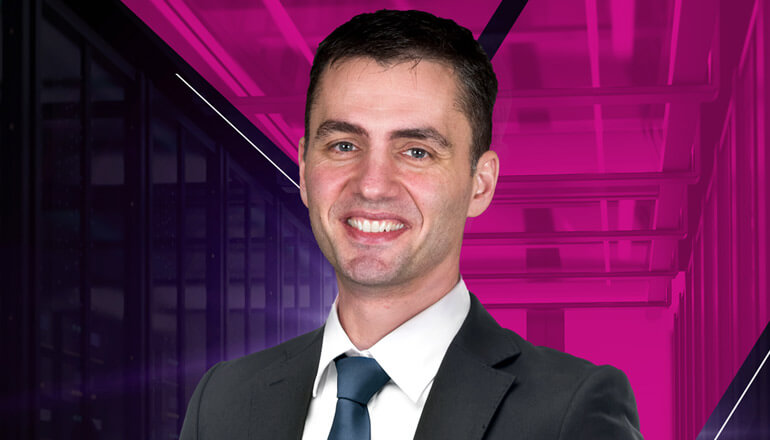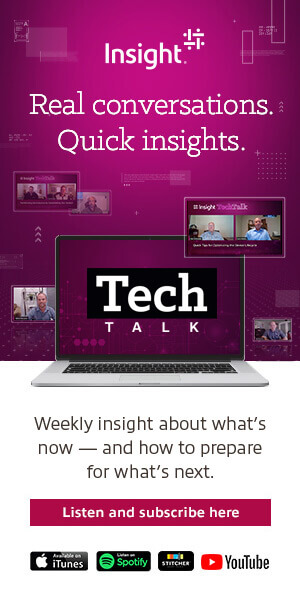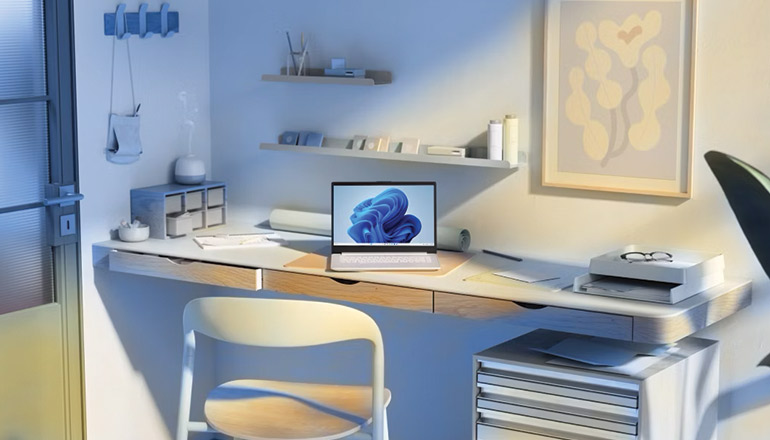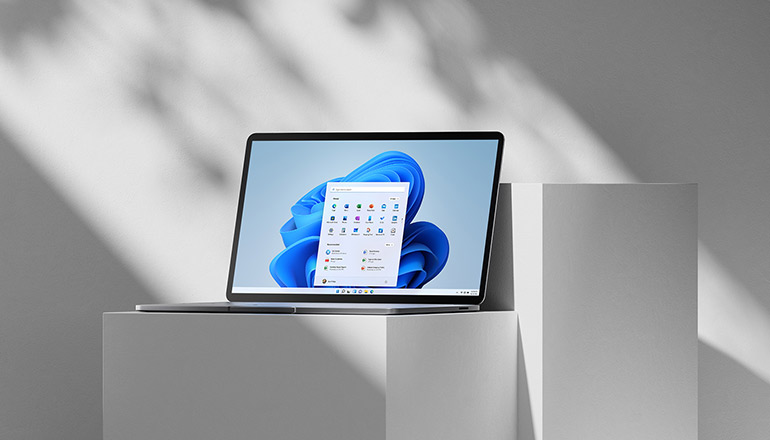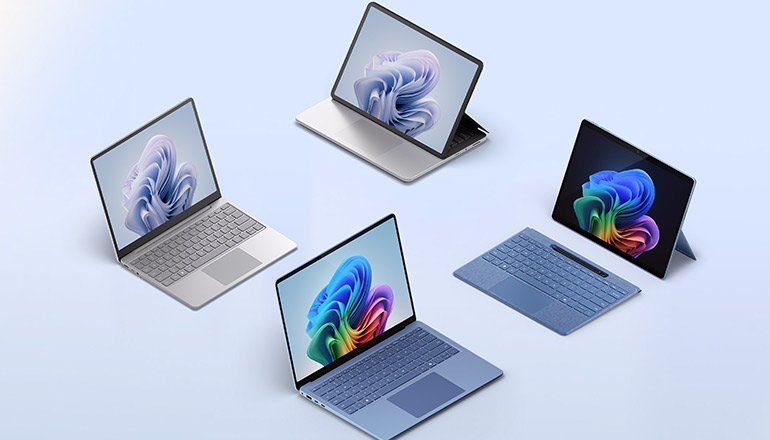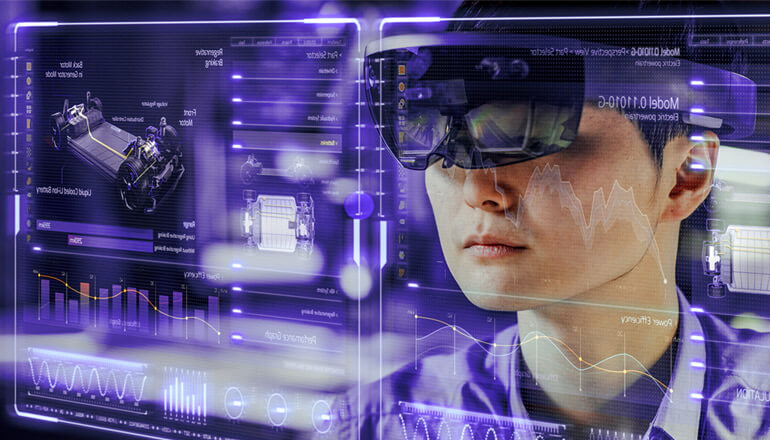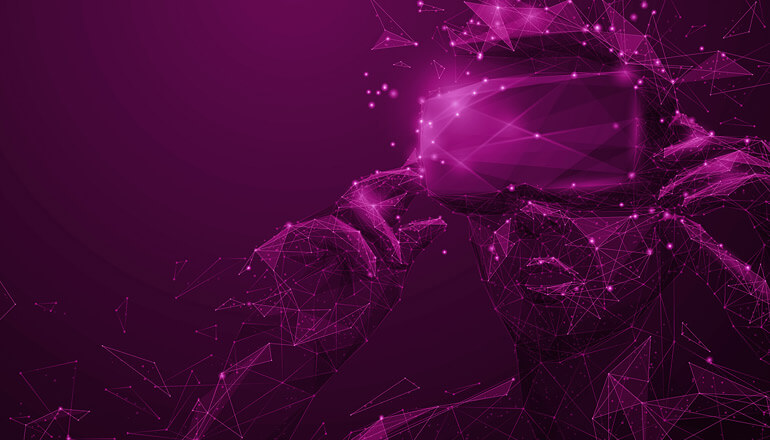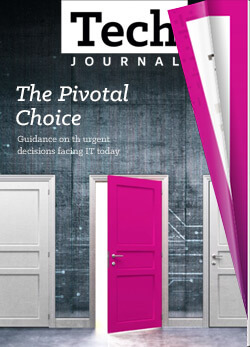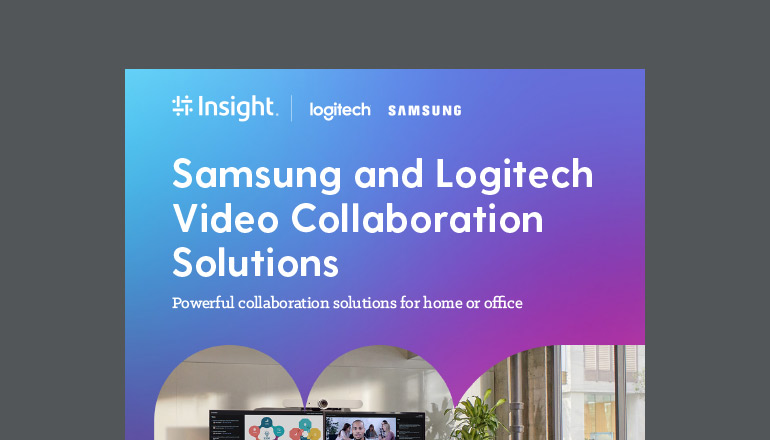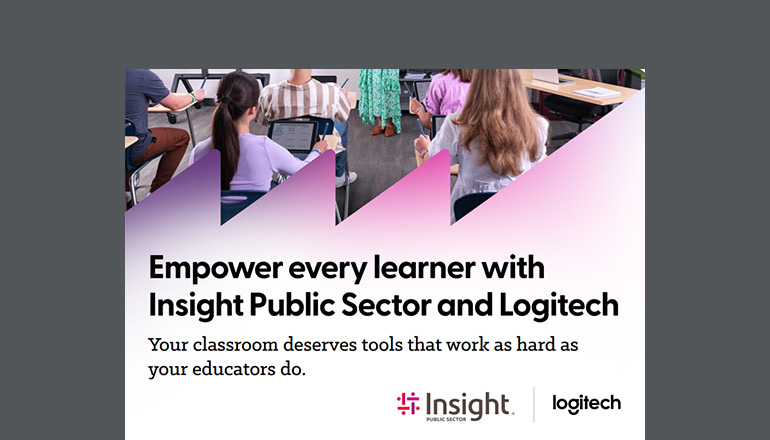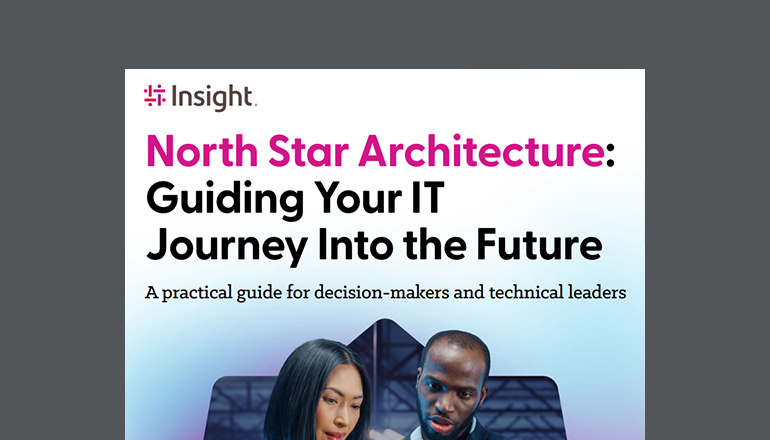Tech Journal Empowering Remote Collaboration With Mixed Reality Technologies
Virtual Reality (VR) technology is on the rise. How can you harness the power of Microsoft HoloLens 2 to fuel growth and innovation for your enterprise?
By Matt Fedorovich / 14 Dec 2021 / Topics: Immersive technology Virtual Reality (VR) Mobility Modern workplace
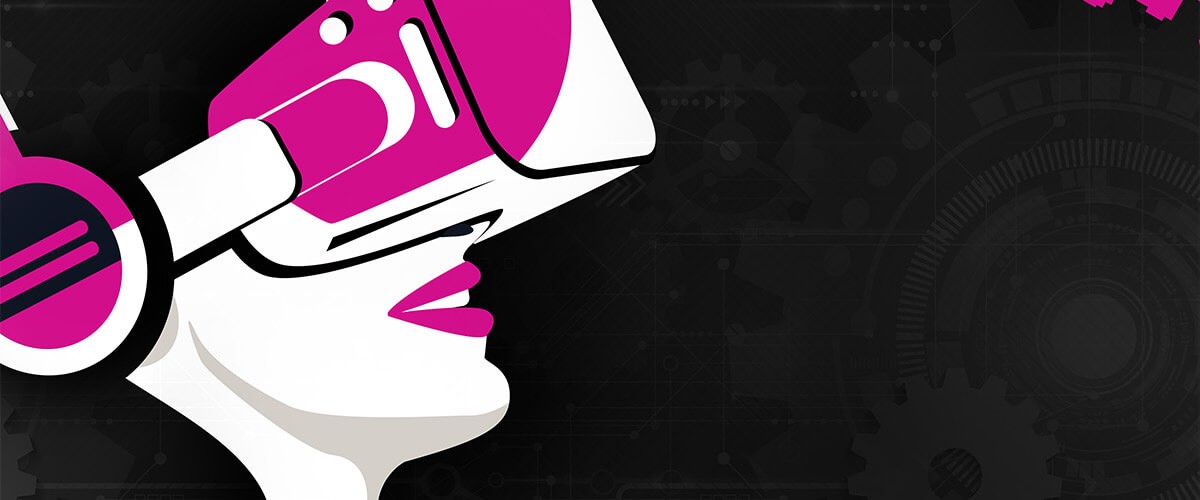
Extended Reality (XR) technology is a gaming mainstay, yet research indicates that the use of VR, Augmented Reality (AR) and Mixed Reality (MR) is steadily increasing in other industries. In fact, nearly 59 million people will use VR technology once a month by the end of 2021. And, more than 93 million people will use AR once a month by the end of this year. Some economists estimate that VR will increase the global GDP by $1.5 trillion by the end of this decade.
With nearly 18% and 28% of the U.S. population already using VR and AR respectively each month, the time is right to explore how your enterprise can benefit from immersive technology that equips dispersed and remote workers with new ways to collaborate.
Why is HoloLens 2 considered the most comfortable, immersive, collaborative MR technology?
Recently, I wrote about how Microsoft HoloLens 2 technology empowers geographically dispersed teams to work together to solve complex problems in real time, eliminating unnecessary travel and reducing risks, costs or delays. By providing a platform for virtual collaboration, HoloLens 2 offers coworkers the chance to train together from any location, replicating the energy and dynamics of group sessions without the time and cost of travel.
Let’s explore some of the workflows available to drive remote collaboration.
Remote Assist training
The ideal solution for instructing a single person or larger group, Remote Assist training with HoloLens 2 and Microsoft Teams incorporates a first-person approach to simulate in-person training sessions.
The technology enables workers with mobile devices to connect to remote collaborators via Dynamics 365 Remote Assist mobile or Microsoft Teams. Then, using a mix of live video calling, MR annotations and high-resolution snapshots, members of the team share what they see with remote collaborators so they can solve problems faster and more efficiently. This is especially helpful for situations in which access is constrained — for example, if the job site includes hard-to-reach spaces or if technicians need to solve problems on-site in real time under the guidance of remote experts.
Guides workflows
When machinery is available but people are not, employers can use Dynamics 365 Guides and HoloLens 2 to build holographic workflows that overlay steps, instruction and information on top of physical machinery to train workers.
With Guides, you can create training structures from existing programs that walk users through procedures and protocols on machinery while allowing them to remain hands-free thanks to the use of voice and head-based gestures.
Digital Twins
In situations when neither people nor machinery are available for training purposes, HoloLens 2 and Digital Twins allow employers to use a full digital twin for training and collaboration purposes. This full-scale virtual replication allows you to build whatever you need, wherever it’s needed, so you can keep innovation and collaboration moving forward.
Empower collaboration. Drive innovation.
MR technology offers organizations the ability to not only harness human critical thinking but also amplify it with the power of computing. By bringing together workers, information and expertise across locations, businesses access new possibilities to drive innovation in industries from manufacturing to education and beyond.
HoloLens 2 also incorporates the reliability, security and scalability of cloud and Artificial Intelligence (AI) services from Microsoft, allowing you to accelerate, transform and innovate with confidence. Plus, when you partner with Insight to bring HoloLens 2 to your enterprise, you access full lifecycle services and workshops, training and support tailored to meet your organization’s specific needs. From envisioning and planning to readiness, support, innovation and integration, Insight’s team of experts help you realize the collaborative benefits of HoloLens 2.
Interested in exploring virtual reality, augmented reality or mixed reality solutions? Learn more about HoloLens 2 and the latest innovations from Insight and Microsoft.
Written by:
Sources
1 Carter, R. (2021, June 1). Virtual Reality Statistics to Know in 2021. XRToday.com.
2 Petrock, V. (2021, April 15). US Virtual and Augmented Reality Users 2021. eMarketer.com.
3 PwC. (2019). Seeing is believing: How VR and AR will transform business and the economy.
Related articles
Narrow your topic:
Devices Mobility Virtual Reality (VR) Tech Journal Digital Innovation View all focus areas



